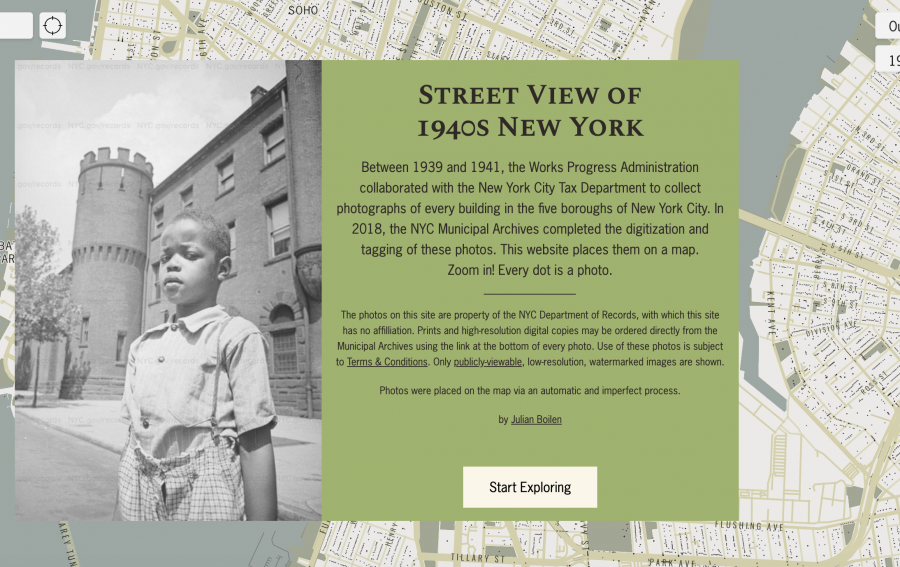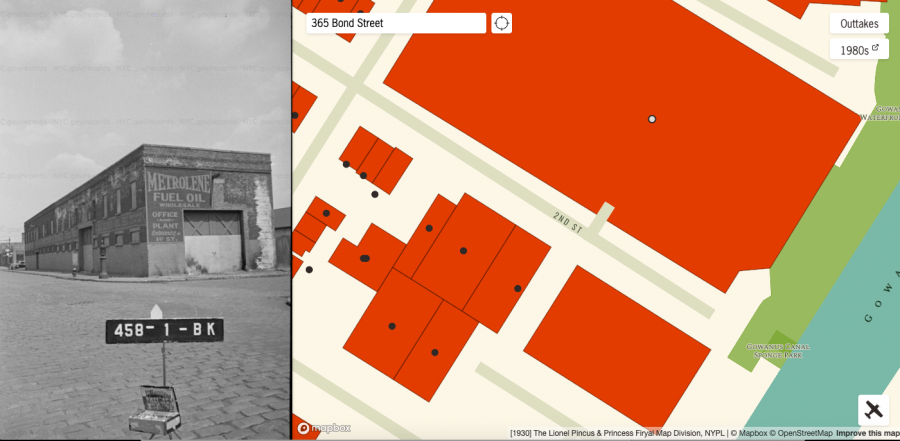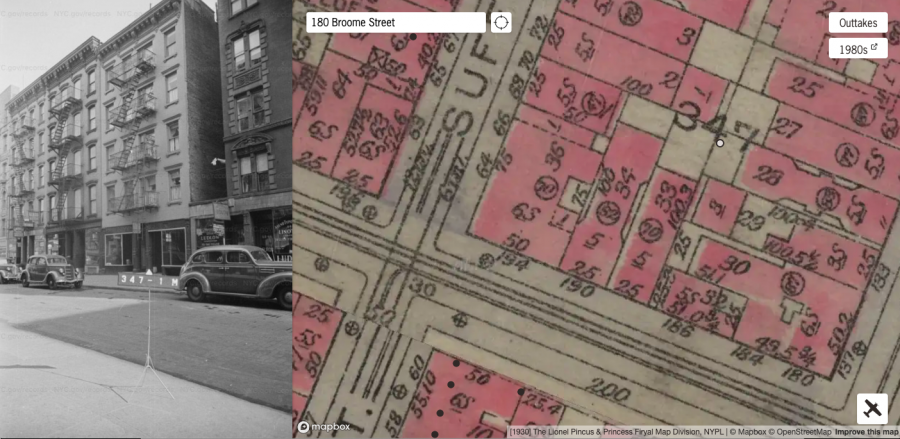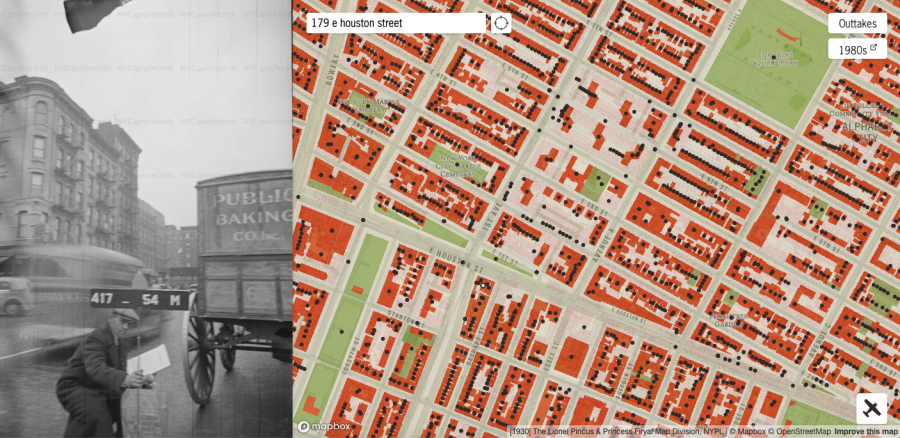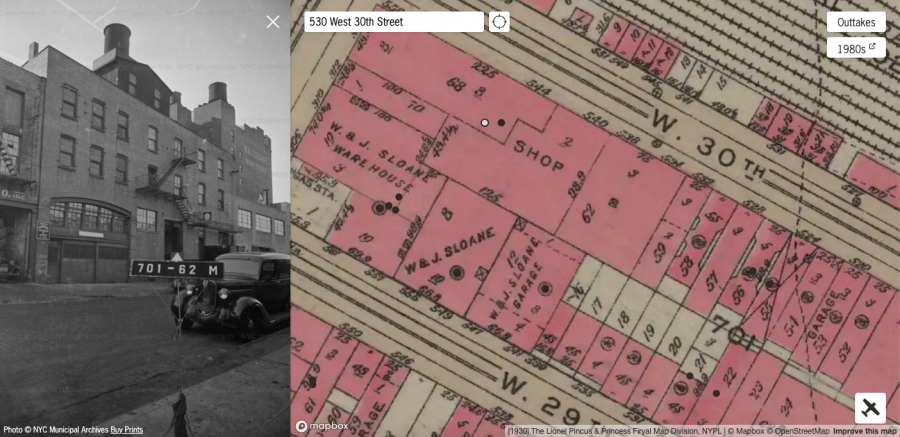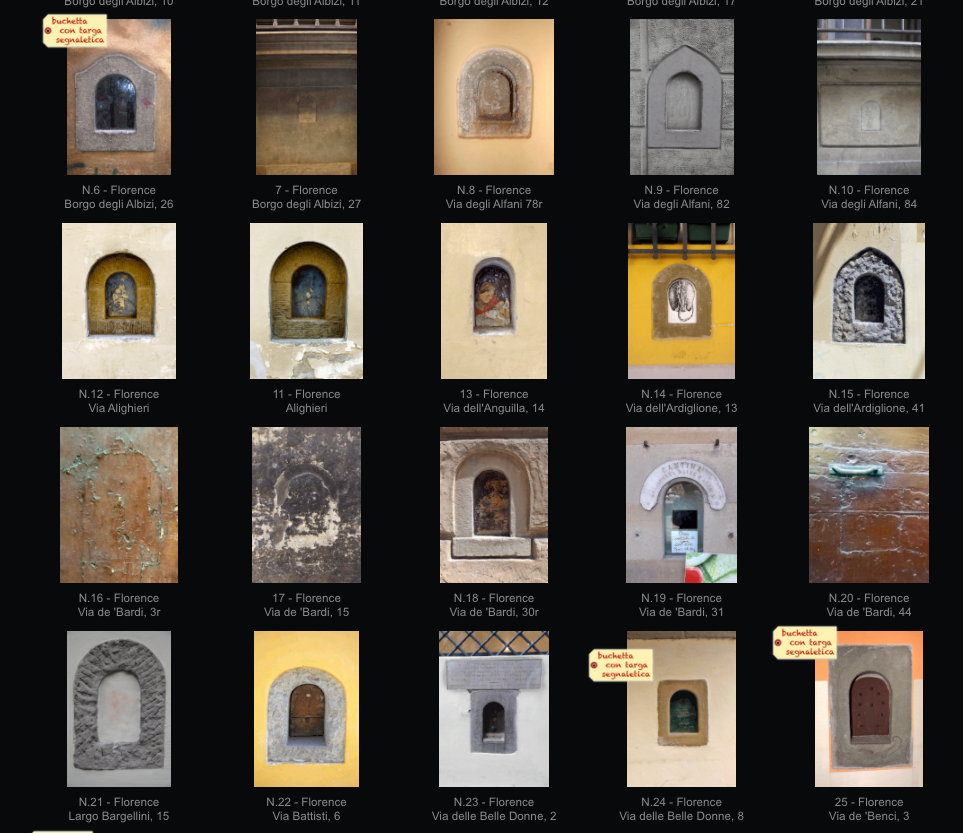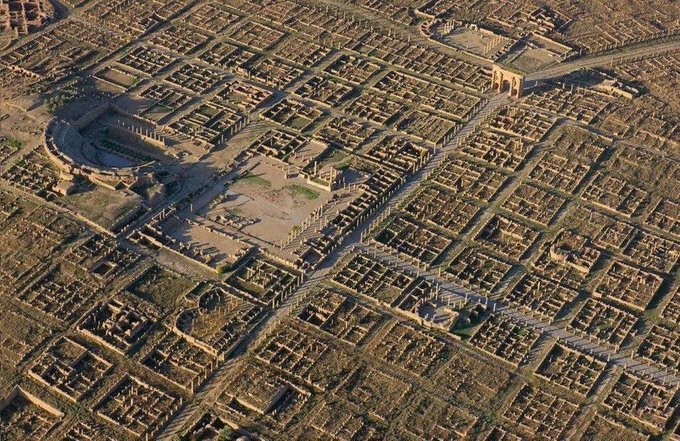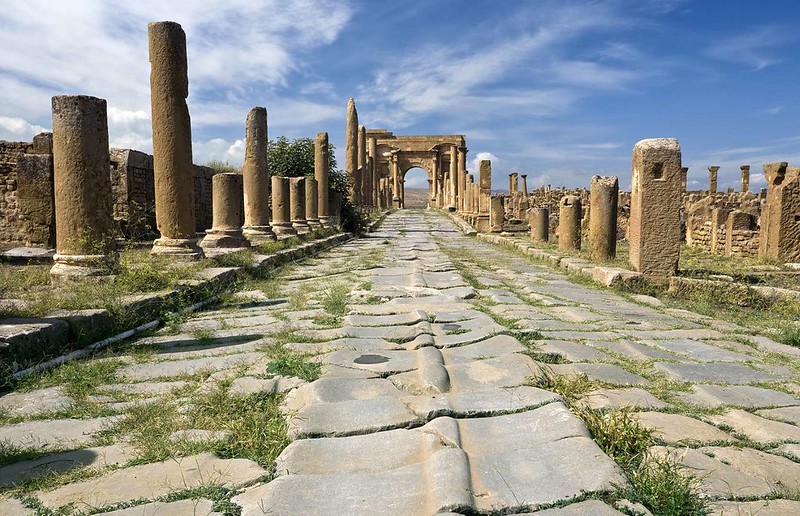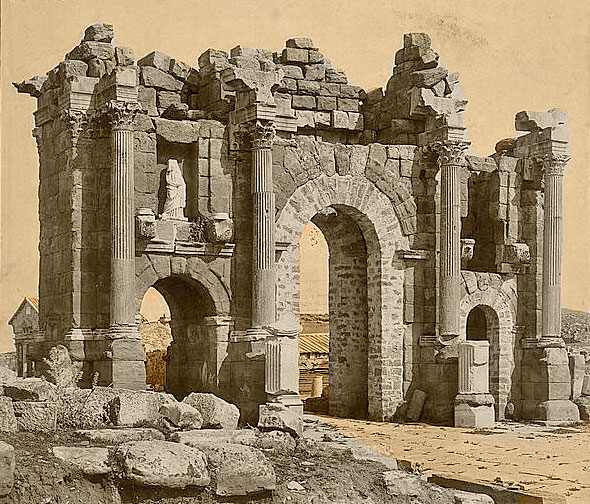“Vengo de Japón.” With those words Japanese sculptor Etsuro Sotoo introduces himself to us in “Stone Cut,” the short film from NOWNESS above. Since coming to Barcelona in 1978, Sotoo has not just mastered the Spanish language but converted to Roman Catholicism and dedicated much of his life to laboring on the completion of the most famous building in Spain: Antoni Gaudí’s magnum opus, the Basílica de la Sagrada Família. Not that it was quite so revered when Sotoo first encountered it: “Back in the day, no one really cared about Sagrada Familia,” he says. “There were stones and rubble, but it was mostly an abandoned ruin. This situation lasted many decades.”
Even the young Sotoo himself had no interest in the architect of Sagrada Familia, but “back then it was mandatory to know Gaudí’s name. Slowly, my interest in Gaudí started to grow in me. And today it keeps growing.” As it should: for more than 40 years now, Sotoo has worked to complete what Gaudí left unfinished at the time of his death in 1926, a decade before the outbreak of the Spanish Civil War. That bitter conflict not only put a stop to the construction of Sagrada Familia for nearly two decades, it also damaged what had already been built: the sculptures of its Porta del Rosari, for example, which it has fallen to Sotoo to restore.
Sculptures constitute much of the elaborate decoration of Sagrada Familia’s exterior and interior, both of which present the viewer with nary a straight line nor a flat surface. Even in the incomplete building, the effect is at once organic and otherworldly. “Gaudí is way beyond where we are today,” says Sotoo, and his filmmaking countryman Hiroshi Teshigahara must have shared that sentiment, having paid tribute to the architect with a worshipful 1984 documentary. The project of realizing the architect’s unprecedented aesthetic vision — the result of a conversation “with God about something very big and profound” — continues to this day, 138 years after the commencement of its construction, which moved slowly even during Gaudí’s lifetime. “My client,” history remembers him having said, “is not in a hurry.”
The current push to complete Sagrada Familia has a more pressing deadline: the year 2026, the centenary of Gaudí’s death, at which time less than a quarter of the project was complete. (You can see a 3D rendering of the remainder of the process in this video from the Sagrada Familia Foundation, previously featured here on Open Culture.) But that time frame only covers completion of the structure, including the eighteen spires Gaudí envisioned as representing the Twelve Apostles, the Virgin Mary, the four Evangelists, and Jesus Christ. The decorative elements should be finished by the early 2030s, granting more breathing room to artisans like Sotoo — who, having spent four-decades being reshaped by Gaudí himself, knows that architectural genius can’t be rushed.
via Aeon
Related Content:
A Virtual Time-Lapse Recreation of the Building of Notre Dame (1160)
An Introduction to Hagia Sophia: After 85 Years as a Museum, It’s Set to Become a Mosque Again
The History of Western Architecture: A Free Course Moving from Ancient Greece to Rococo
Based in Seoul, Colin Marshall writes and broadcasts on cities, language, and culture. His projects include the book The Stateless City: a Walk through 21st-Century Los Angeles and the video series The City in Cinema. Follow him on Twitter at @colinmarshall, on Facebook, or on Instagram.
